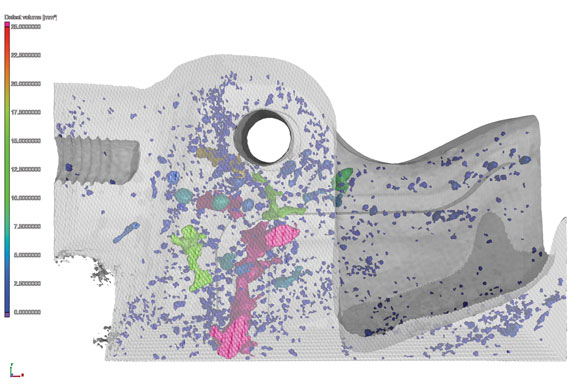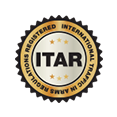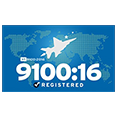
Many different types of industries now employ 3D scanning as part of their essential functions. 3D scanning has become particularly useful and popular in manufacturing because of the ways it supports speedier and more reliable processes. In order to benefit from the glories of modern scanning technology, top-of-the-line 3D scanning software programs are definitely required. However, these programs are not one size fits all. Instead, different industries call for different types of 3D scanning software programs.
Each industry’s needs for 3D scanning software are driven by two primary factors: The hardware supplying the data and the output requirement. Below, we dive into each of these factors and how they influence the choice of 3D scanning software for particular industries.
Factor 1: The Hardware
The hardware that is used to supply the 3D data often has a significant influence on what software should be used to process that data. While some short-range scanning technology allows for exporting data to non-proprietary software packages for processing, other hardware manufacturers develop their own proprietary software. In these cases, the scanning equipment may be exclusively compatible with the branded software.
One of the benefits of this approach is the level of control the manufacturer is able to maintain over their equipment’s functionality. They can instead focus on better compatibility with the branded software and improving updates, rather than focusing on developing and maintaining plugins for third-party software companies.
In industries such as architecture and construction, long-range LiDar or Terrestrial scanning is commonly utilized, and there are specific software packages that pair with these hardware types. These specific software packages are designed to handle and process the millions of data points imputed and render them into digital images. This type of software is able to yield full walkthrough outputs that can put a user virtually into a 3D space.
One of the advantages of these virtual walkthroughs, or “reality capture,” is greatly enhanced visualization. This visualization allows for more in-depth measurements, at scale, which helps with design and mocking up existing geometries as well as future changes.
Factor 2: Output Requirements
In addition to the stipulations of the 3D scanning hardware, data output requirements can influence what scanning software programs can be used. For example, if the end goal is reverse engineering or inspection, there will certainly be specific software requirements. With reverse engineering output, the software must be able to convert the digital data into 3D models or a CAD file.
For inspection purposes, 3D software must be able to compare the scanned components to its digital counterpart (commonly in the form of a CAD file). However, if there is no CAD file for comparison, the part’s dimensions can be extracted and evaluated for comparison to a blueprint.
Conveniently, most 3D scanning software programs that are designed for reverse engineering or inspection can process most 3D scan data. Additionally, with software plugins, some software can also directly support the scanning hardware.
Exact Metrology Has The 3D Scanning Software Programs You Need
Now that you know the two major factors for choosing appropriate 3D scanning software programs for your industrial applications, you may want to learn a bit more about choosing the best 3D scanner based on industry. Selecting the right scanner and software will be crucial for achieving the best industrial and manufacturing outputs. Contact Exact Metrology today to request a quote on any of our scanning technologies or to learn more about our services.





